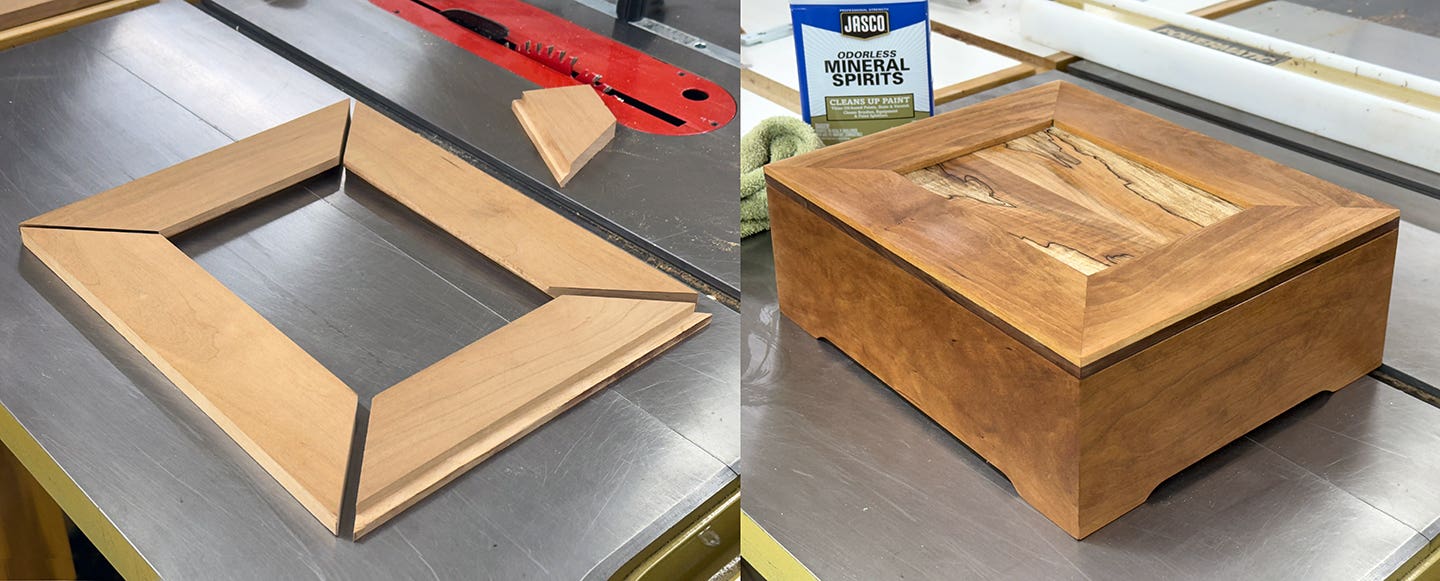The article by David Getts on veneering in the August 2009 issue of WSN was spot on in its conclusion that veneering has gotten a bum rap. As the author…
The article by David Getts on veneering in the August 2009 issue of WSN was spot on in its conclusion that veneering has gotten a bum rap. As the author pointed out, veneering has traditionally been considered an art or at least a demanding "specialty" requiring a high level of skill. Many of the finest examples of the "woodworker's art" include veneered panels typically exhibiting astonishing grain patterns, often enhanced by careful and artful matching, and/or intricate marquetry and inlays that simply would not be possible using solid stock.
The question the article raised for me is not if veneering has gotten a bum rap but why. And after careful thought, I have decided that, once again, technology is to blame. Until the Industrial Revolution, the primary method used to turn a log into veneer was to saw it. This typically yielded veneers of substantial thickness, usually no less that one eighth of an inch. If for some reason, the job required veneers thinner than this, they had to be planed or scrapped by hand.
But with the advent of veneer slicing machines and mass produced plywood sheets, veneers suddenly got a whole lot thinner and started getting laid up on cores of a much lower quality than those used in fine work of an earlier period. As the technology evolved, veneers became thinner and thinner. When I started out as a "professional" woodworker, the standard thickness for raw veneer was 1/28 of an inch. As time went on, this number ratcheted steadily downward to the current standard of 1/42 of an inch. But even this is "thick" when compared to the whisper thin veneers that cover the faces of most hardwood veneered sheet stock available today. This stuff is so thin that you can't sand it with 220 grit without risk of burning through the veneer.
And somewhere in there, along came MDF and suddenly we had mountains of furniture being produced using MDF panels covered with veneers just thick enough to prevent you from seeing through it to the core. And this is what most people think of when they hear the word "veneered."
In this case, I think the "bum rap" is well deserved! But for what Paul Harvey used to call "The Rest of the Story," the Getts article is a good read.
D.D.
David DeCristoforo possesses an extensive resume as designer/maker of fine furniture, high-end cabinetry and architectural woodwork. His experience in professional woodworking spans a period of 35 years. For the past 20 years David DeCristoforo Design has been located in Woodland, California. During this time David's shop has ranged in scope from a "full on" cabinet production shop with as many as 15 employees to a small fine furniture and custom millwork shop, working with his son, David RBJ, a highly skilled maker in his own right.







